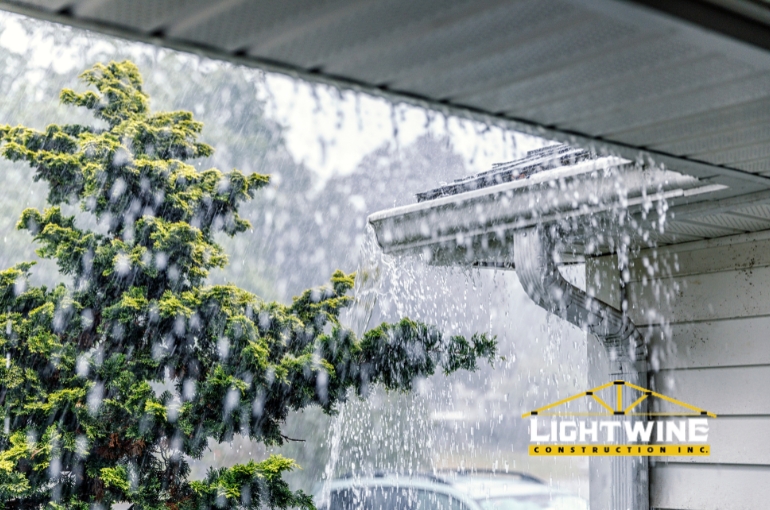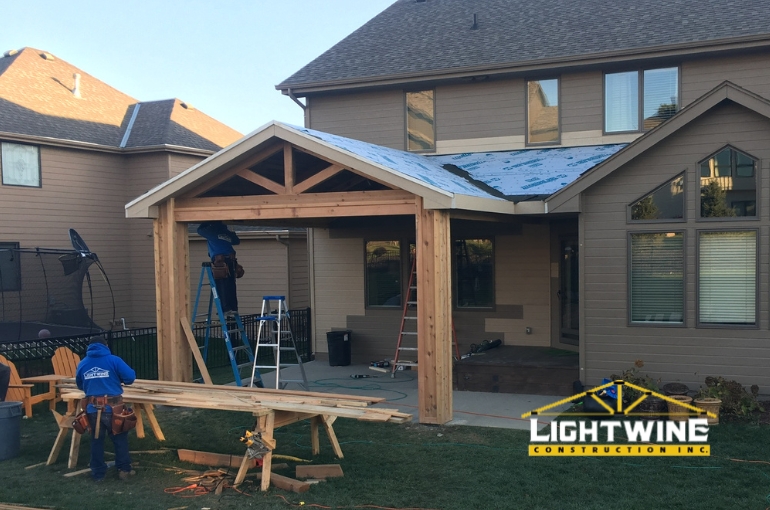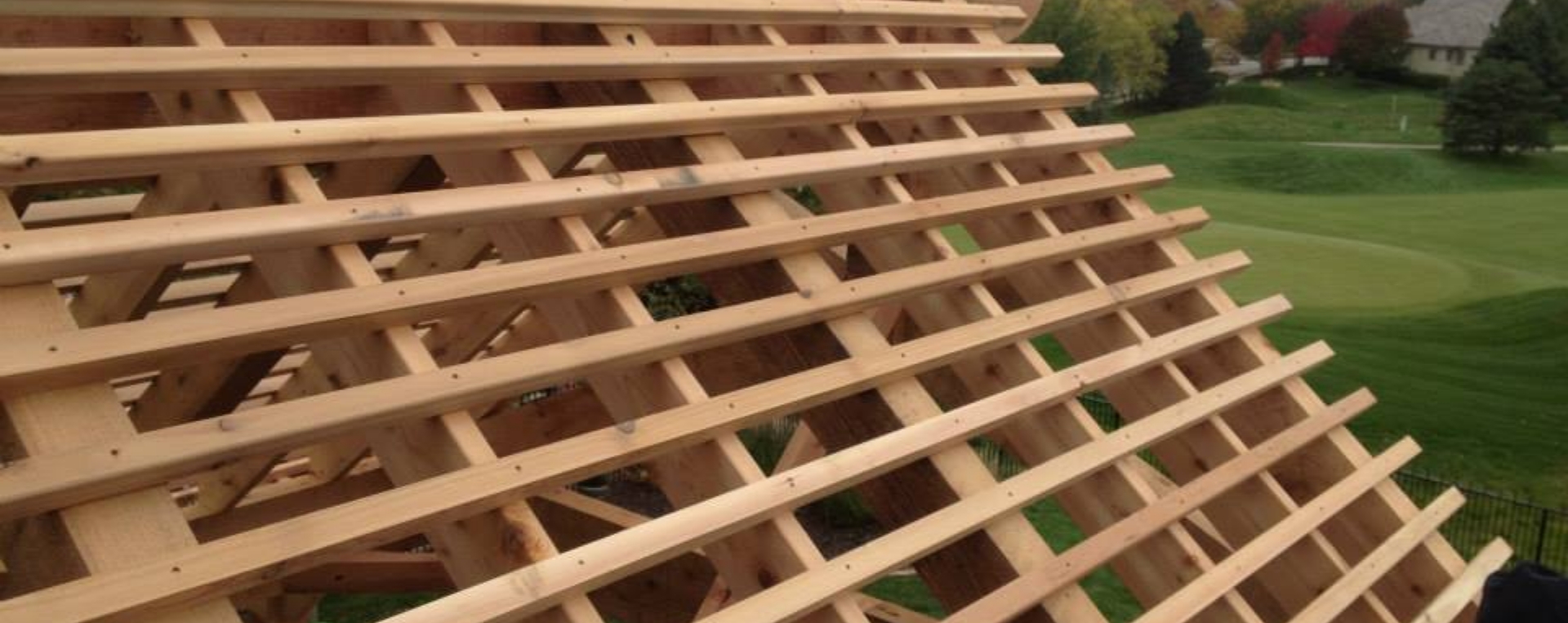1. Choosing the Right Materials
The materials you choose for your home play a critical role in its ability to resist damage from extreme weather.
- Flood-Resistant Materials: In areas prone to flooding, it's essential to use materials that can withstand water exposure. These include concrete, brick, and treated wood, which are less likely to deteriorate or rot when exposed to water. Consider using waterproof insulation and flood-resistant flooring, such as ceramic tiles or vinyl, in lower levels of your home.
- Fire-Resistant Materials: It is crucial to select fire-resistant materials for homes in wildfire-prone regions. Options include non-combustible roofing materials like metal or clay tiles, fire-resistant siding such as fiber-cement or stucco, and tempered glass windows that can better withstand high heat.
- Wind-Resistant Materials: In hurricane-prone areas, wind resistance is a top priority. Reinforced concrete and steel are excellent choices for structural elements, while impact-resistant windows and doors can prevent windborne debris from penetrating your home. Hurricane straps and ties can be used to secure your roof to the walls, reducing the risk of it being blown off during strong winds.
2. Implementing Smart Design Strategies
Beyond materials, smart design strategies can greatly improve your home's resilience to extreme weather.
- Elevating the Structure: In flood-prone areas, elevating your home above the base flood elevation is one of the most effective ways to reduce flood risk. This can be achieved by building on stilts, piers, or elevated foundations, keeping living spaces above potential floodwaters.
- Fire-Resistant Landscaping: In wildfire-prone areas, defensible space is a critical design strategy. This involves creating a buffer zone around your home by clearing flammable vegetation, using fire-resistant plants, and incorporating hardscaping elements like gravel pathways and stone walls that can help slow the spread of fire.
- Aerodynamic Roof Design: In regions susceptible to high winds and hurricanes, opting for a hip roof design, which has slopes on all four sides, can reduce wind pressure on the roof. Minimizing roof overhangs can prevent wind uplift.
- Drainage Planning: Proper drainage design is essential in preventing water damage. This includes sloping the ground away from the foundation, installing French drains or swales, and ensuring that gutters and downspouts effectively channel water away from the home.
3. Leveraging Advanced Technologies
Incorporating modern technologies can further enhance your home's resilience.
- Smart Home Monitoring Systems: Smart sensors can detect and alert you to potential dangers like smoke, carbon monoxide, water leaks, and even high winds. These systems can be integrated with your smartphone, allowing you to monitor your home’s safety in real-time, even when you’re not there.
- Backup Power Solutions: Power outages are common during extreme weather events. Installing a backup generator or solar power system with battery storage ensures that your home remains functional, even when the grid goes down.
- Reinforced Garage Doors: Garage doors are vulnerable entry points in high-wind areas. Installing a wind-rated garage door or reinforcing your existing door with a bracing kit can prevent it from being blown in, which can lead to catastrophic structural failure.
As the frequency and intensity of extreme weather events continue to rise, building a resilient home is not just a smart choice—it's a necessary one. By selecting the right materials, implementing strategic designs, and leveraging modern technologies, you can significantly enhance your home’s ability to withstand the forces of nature.
Contractors Omaha
At Lightwine Construction, we understand the importance of building homes that are both beautiful and resilient. Contact us today to learn more about how we can help you build a home that’s prepared for whatever the weather may bring.








